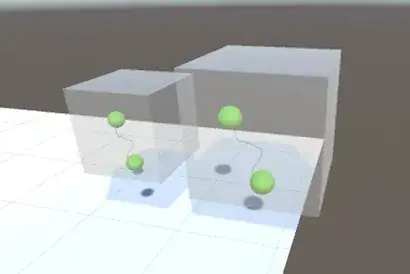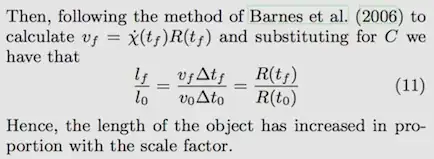The "kid's" way of understanding the expanding universe is that: "space" is totally "ordinary", and all the galaxies are expanding through it (like an explosion). Of course, that's wrong.
The usual better explanation is that "space itself is expanding." (Of course, on scales below clusters, gravity pulls "smaller" structures together.)
An even more up-to-date explanation is that the conceptual "metric of space" is "expanding" (here's a typical pedagogic example) which can perhaps be summarized as the "scale is changing".
So ... distant objects are redshifted.
But why? Everything's just expanding -- the very metric of spacetime is expanding.
Indeed, it would seem to me that you would only see redshift (or if you prefer, time dilation of far-away things) strictly in the case of "everyday" motion within the metric of space; the very idea of the actual "metric of space changing!" would seem to be that, those of us internal to that metric of space would have no clue that any such expansion is happening: the scale is just changing for everything.
What's the best way to understand this?
Imagine simply a meter cube in a video game with a few things in it. There is no exterior, it is the universe. I expand the entire thing...
{note...of course, obviously, the 'outside' (shadows etc.) added by the 3D presentation software to clarify the PNG here, have utterly no meaning and do not exist in any way}
... to all the beings inside, I believe absolutely nothing has changed, there'd be no redshift between the objects there.
What's the deal?
Note too this somewhat similar (related?) question, which came up with the recent 2016 gravitational wave discovery:
How is it that distortions in space can be measured as distances?


